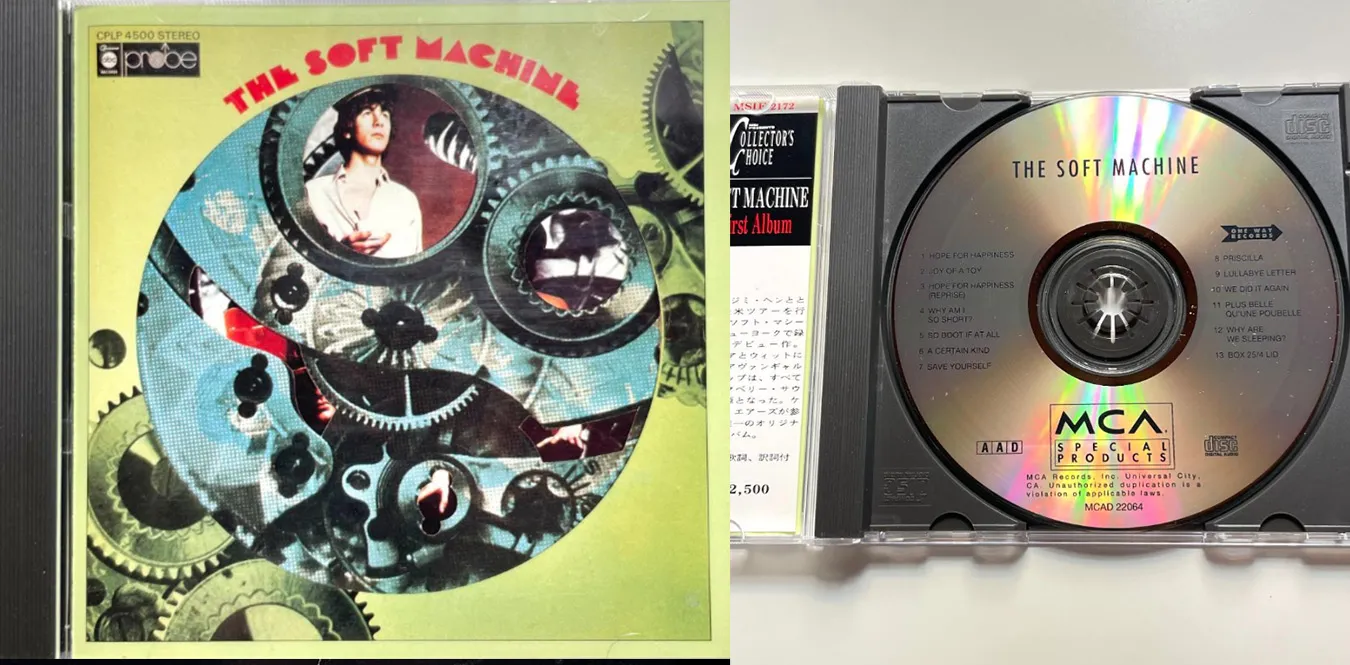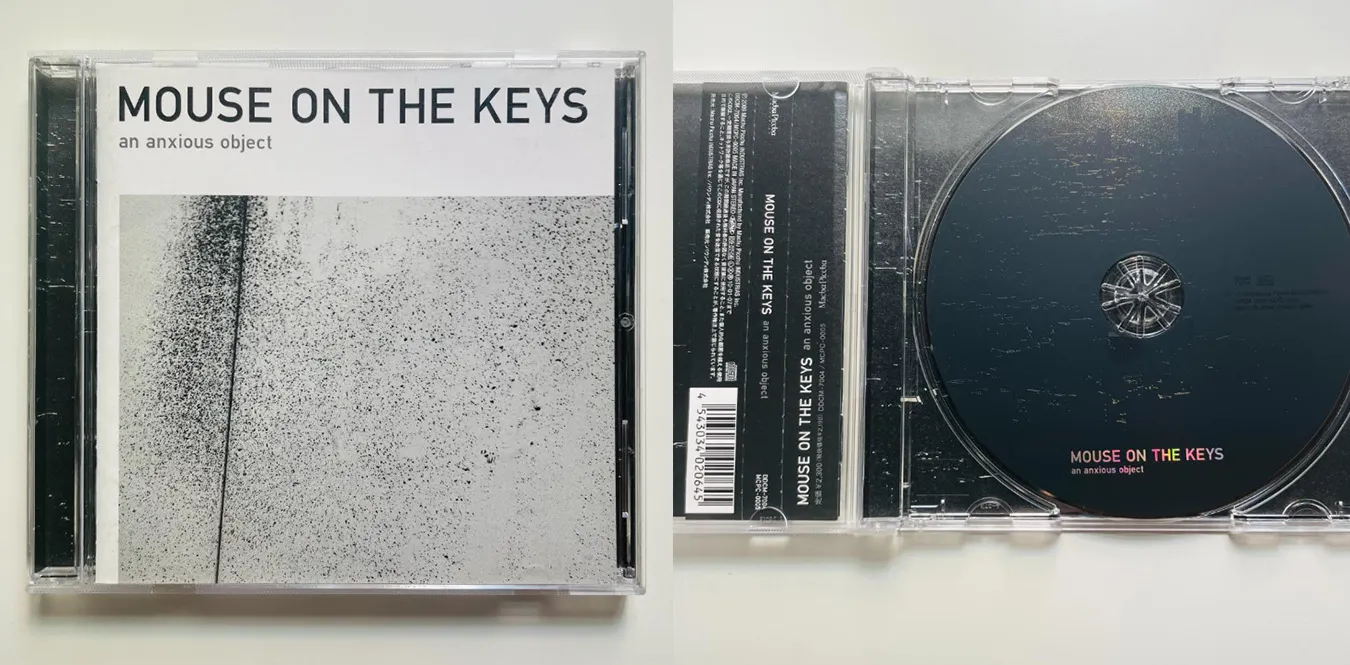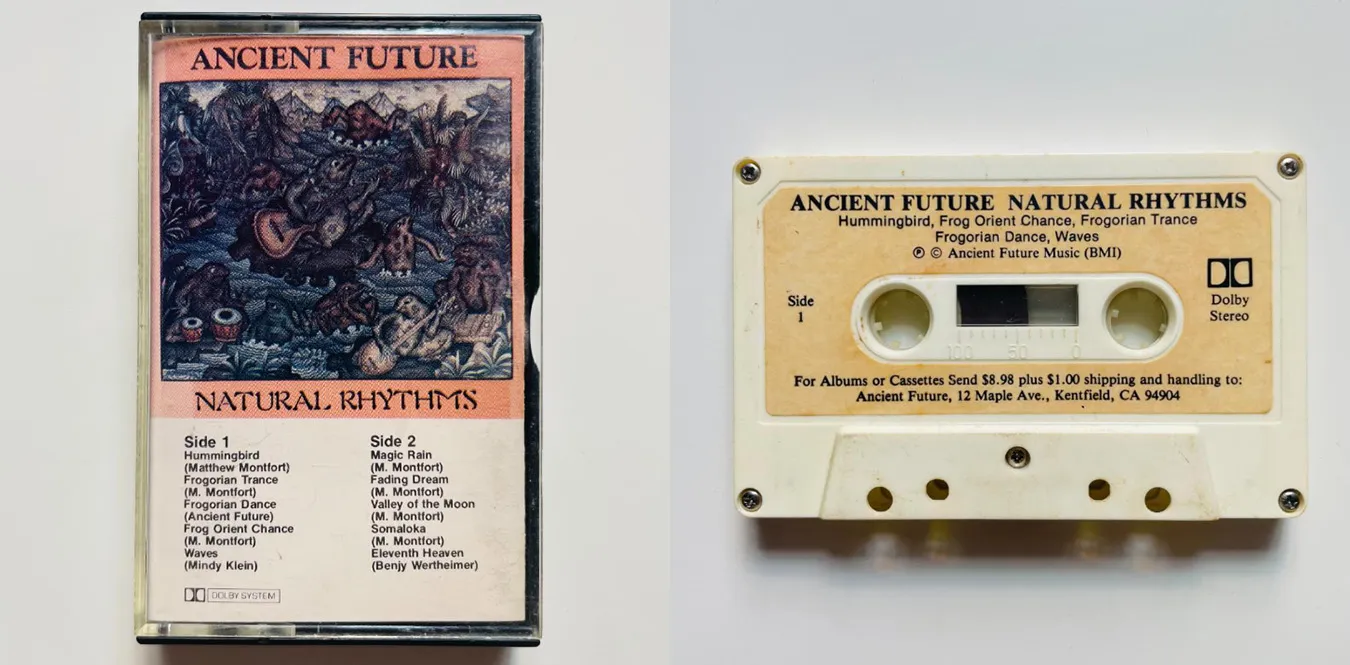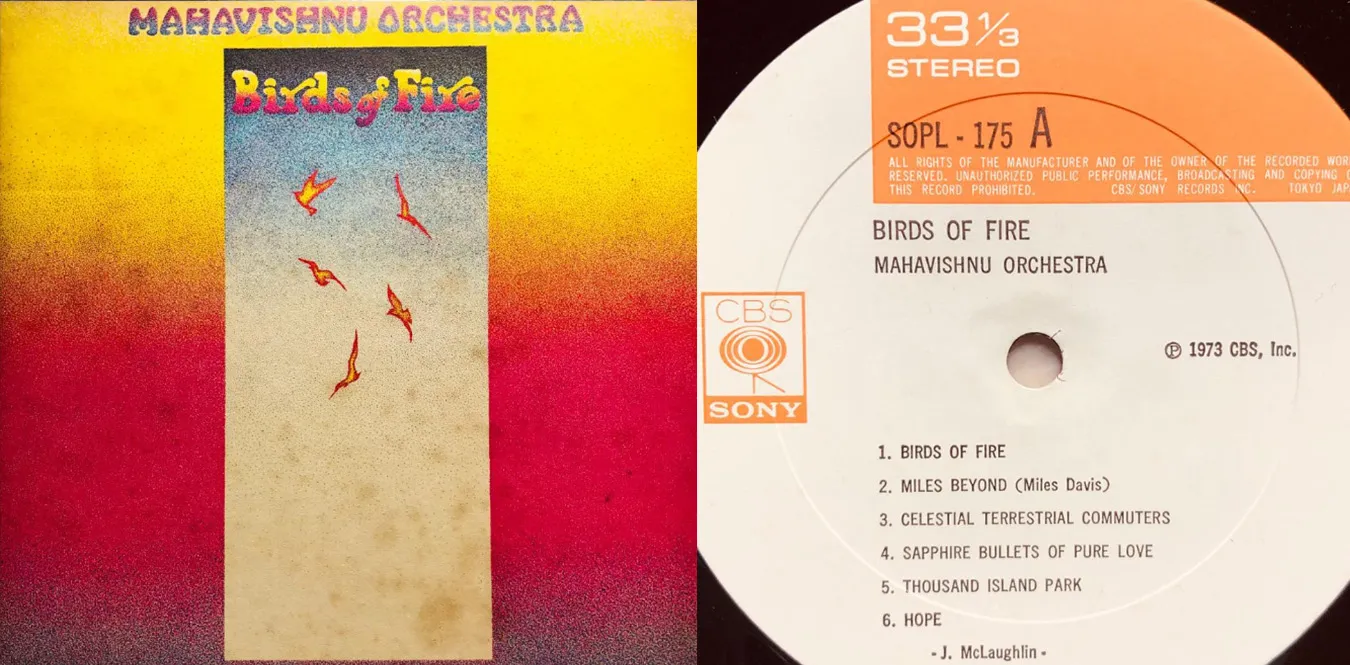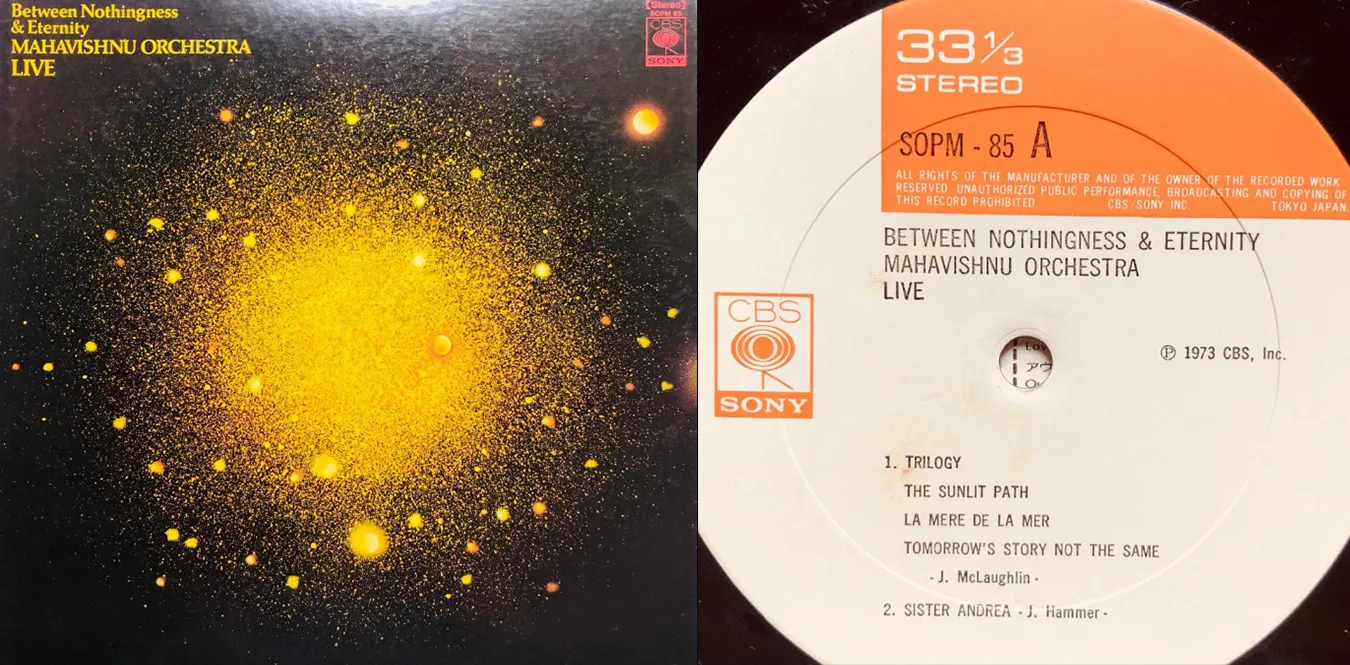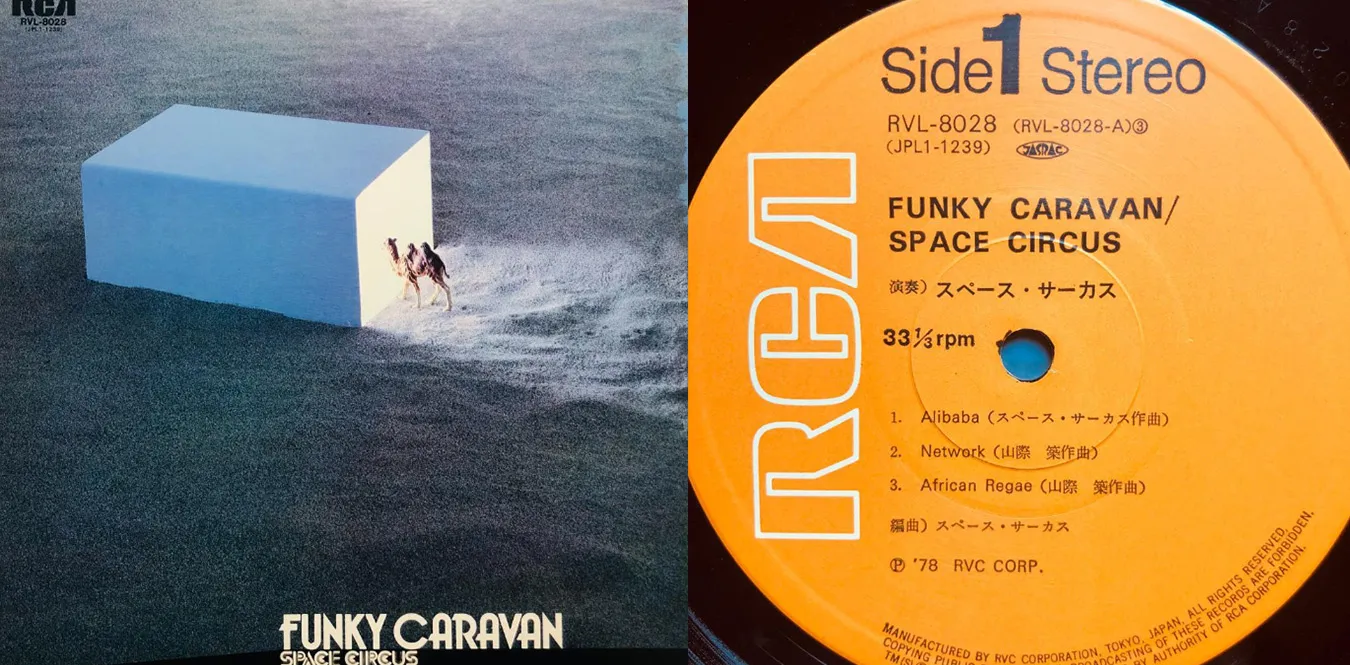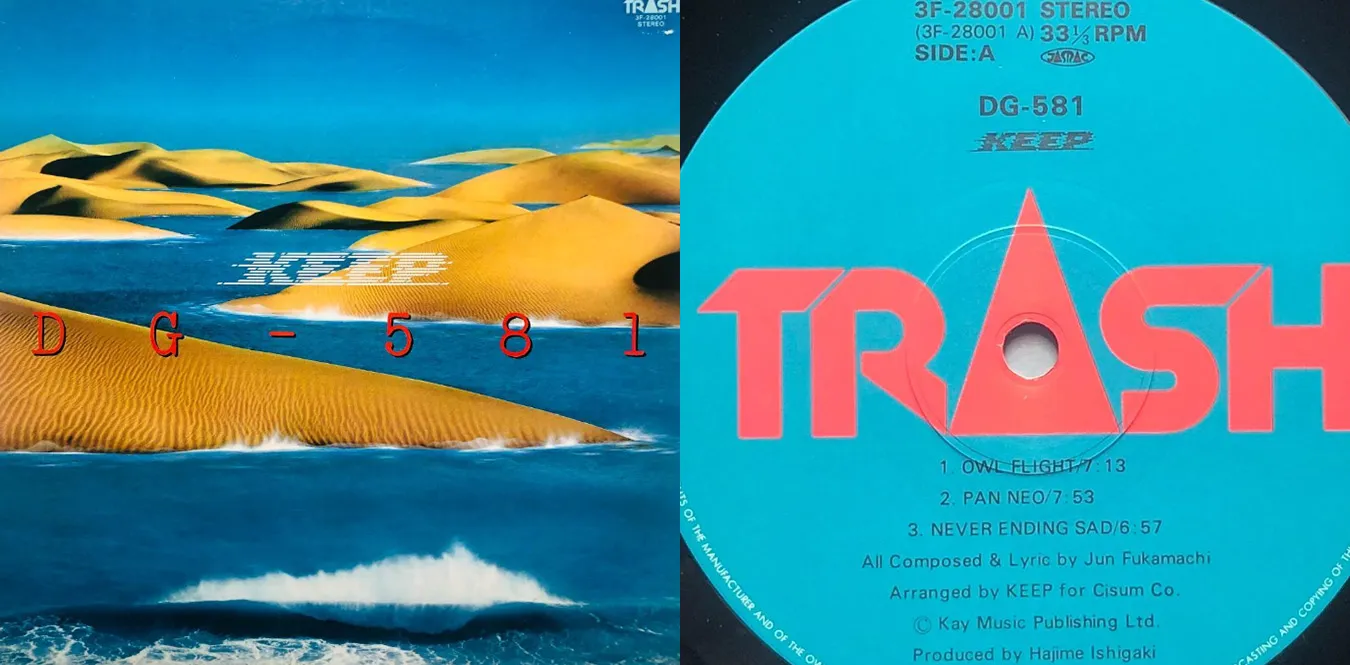[Column] Planet of Bass: Cultural History of Bassists in the World and Japan ---Sounds Under the Earth's Surface
Column en Citypop Fusion Jazz Rock![[Column] Planet of Bass: Cultural History of Bassists in the World and Japan ---Sounds Under the Earth's Surface](/../assets/images/column-bassists.webp)
“The soul of music is in the bass.”
Text: mmr|Theme: “Bass philosophy” that permeates the world and Japanese bassist culture
We are often captivated by melodies. However, the moment when we “feel” music is always in the bass tones resonating deep within our bodies. When the subwoofer in a club shakes the air, or when a hit hits your chest at a live house, At the center of this is an invisible gravity called the “base.”
I. Listening to music with your body, not your ears
Bass is a sound that your body reacts to before you hear it. He stands between rhythm and harmony, and determines the center of gravity of music. It is not just an accompaniment, but controls the very breath of the music.
Since the 20th century, changes in music have always accompanied innovations in bass. Jazz gives you the freedom to improvise, rock gives off a rebellious energy, Every time techno or hip-hop etched the urban atmosphere, bass presented a “new physicality.”
II. Crustal changes in the world: History of 20th century music driven by bass sounds
1. Starting with the rebellion of jazz
Listening to Charles Mingus play It sounds more than just a bass line, it sounds like a statement to society. Anger and intelligence, improvisation and construction. There is poetry in that bass tone.
Players like Ray Brown and Ron Carter He brought philosophy to the “walking baseline.” Rhythm that speaks between sounds - this is what has elevated jazz to an art form.
Yoshio Suzuki and Kunimitsu Inaba, who supported postwar jazz cafes in Japan, Enjoying this “freedom of bass sounds” with the sensibilities of our own country, Before long, they were creating their own unique groove at night in Tokyo.
2. Rock revolution: singing bass and screaming bass
In the 1960s, bass appeared at the center of rock. Paul McCartney started a revolution as a melodious bassist, John Entwistle (The Who) sought architectural beauty amidst the roar.
Jack Bruce (Cream) and John Paul Jones (Led Zeppelin) Although he has blues roots, he constructed the ensemble architecturally. After that, rock music no longer lacked the “singing spirit” of the bass.
The advent of punk unleashed the harshness of the bass. Sid Vicious (Sex Pistols) rejected artifice and sounded rebellion with his very existence. And the sad melody played by Joy Division’s Peter Hook, It has been proven that the bass can be the ““subject of emotion.’’
3. Funk and experimentation: an era where bass came to the fore
The moment when Larry Graham’s slap playing style was born, The bass became the rhythm itself. Bootsy Collins’ cosmic funk, A fretless poem by Jaco Pastorius.
The bass is no longer an “accompaniment”, but has evolved into a “narrator”. Mick Carn and Tony Levin treat the sound itself as if it were a sculpture, He pushed bass into the realm of abstract art.
III. Bass map of Japan: Bassists who move between above ground and underground
1. Haruomi Hosono and translators of Japanese rhythm
Before YMO, Haruomi Hosono had already changed the ““center of gravity’’ of Japanese pop music. A low tone that follows the rhythm of the words rather than the rhythm of English. What he established was the aesthetic of ““grooving in Japanese.’’
Hironori Ito of Tatsuro Yamashita Band, Tsugutoshi Goto, Akira Okazawa── They have created a world-class sound between popular songs and AOR. The bass guitar no longer played a role behind the scenes, but became an element that supported the “dignity” of music.
2. Underground movement: noise, post-rock, club culture
After the 1990s, the Japanese underground began to connect with bass sounds. Kentaro Nakao of NUMBER GIRL hits a groove of distortion and anger, Ichiro Yoshida of ZAZEN BOYS has elevated odd time signatures into “building intelligence.”
The bassists of ROVO and Shibusa Shirazu, Freely moving between jazz and rock, improvisation and construction, It blurred the line between club culture and live music.
The delicate bass sounds of downy and toe sounds like a poem depicting a city night. There is not a scream, but a ““breathing stillness’’.
3. Bass philosophy after club culture
In the 2000s, the bass changed its appearance once again. Shinichi Osawa brings “human bass” to club tracks, STUTS and yahyel combined typing and live music.
Current bands like King Gnu and millennium parade, The bass controls the ““narrative’’ of the song. Hama Okamoto is a nexus of tradition and modernity. It offers “musical civility” beyond playability.
IV. Underground of the world: Counterculture connected by bass sounds
Joy Division”s Peter Hook, PIL”s Jah Wobble, and Tina Weymouth from Talking Heads. What they showed was that the bass was a symbol of “intellectual rebellion.”
In Bristol, Massive Attack and Portishead established trip-hop, In London, Burial and Kode9 redefined the bass as an “unconscious urban sound.” In Berlin, Moritz von Oswald and Electric Indigo, He elevated the bass sound of techno to the level of “architectural art.”
The bass is no longer a musical instrument, It has become a “common language of culture.”
V. Equipment and Aesthetics: Another History of Instruments
Fender Precision, Jazz Bass, Rickenbacker. Each shape indicates a difference in musical thought itself.
The evolution of synth basses also democratized bass sounds. Moog, Roland, Novation—machines have feelings, The baseline changed from “program” to “personality.”
After Jaco, Fretless became something like a silent poet. It has been passed down as a “sound sculpture” that makes the space itself resonate.
VI. Conclusion: Bass is “society”s subconscious”
The bass is not the center of music. However, it continues to be the “ground” upon which all sounds stand.
The bass translates feelings that cannot be put into words, Slowly shaking society’s unconscious mind.
On that line that passes through the world and Japan, above ground and underground, We are still standing today.
Listen with your heart, not your ears. The planet of bass has not stopped ringing yet.
Reference discography: The world and Japan revolved around bass sounds
| Artist | Work | Year | Notes | Link |
|---|---|---|---|---|
| Charles Mingus | Mingus Ah Um | 1959 | Rebellion and lyricism in jazz | Amazon |
| Jaco Pastorius | Jaco Pastorius | 1976 | Fretless Poetry | Amazon |
| Haruomi Hosono | Philharmony | 1982 | Translation of Japanese rhythm | Amazon |
| Mick Karn | Dreams of Reason Produce Monsters | 1987 | Dreams told by bass | Amazon |
| Kentaro Nakao (NUMBER GIRL) | SAPPUKEI | 2000 | Distorted urban bass | Amazon |
| Thundercat | Drunk | 2017 | Modern times where bass sings | Amazon |

![[Column] Teo Macero and Miles Davis —— The moment when editing surpasses creativity](/../assets/images/column-macero-miles.webp)
![[Column] The multilayered structure of Tokyo sound - the sound culture of Shinjuku, Shibuya, Shimokitazawa, and Akihabara](/../assets/images/column-tokyo-sound-layers.webp)
![[Column] Strings that directly convey emotions and thoughts — Guitarists from around the world and Japan](/../assets/images/column-guitarist.webp)
![[Column] Rhythm revolutionaries: The rhythm front lines of drummers who connect Japan and the world](/../assets/images/column-drummers.webp)

